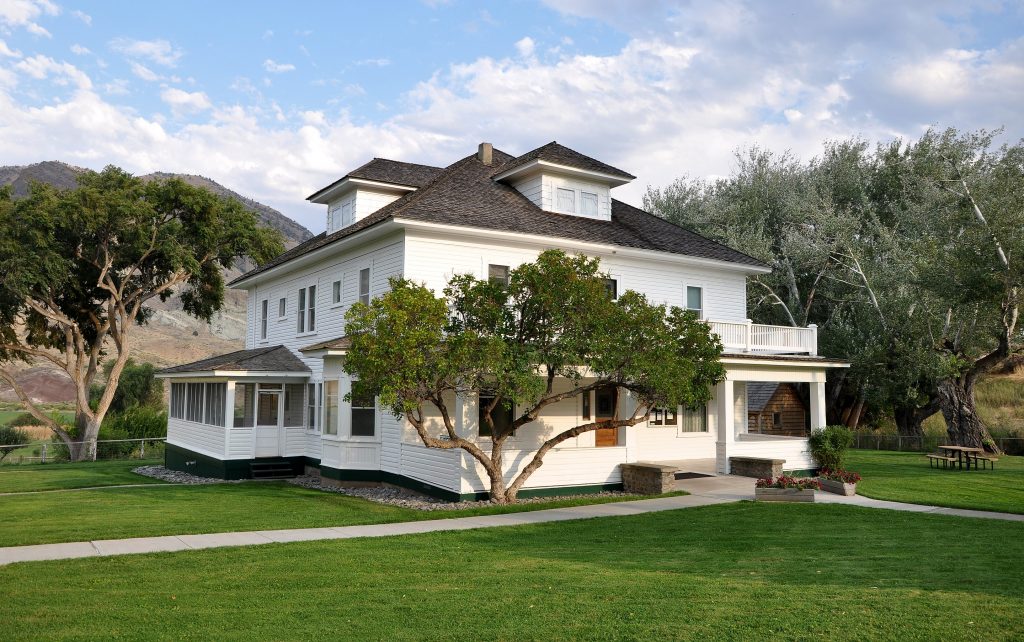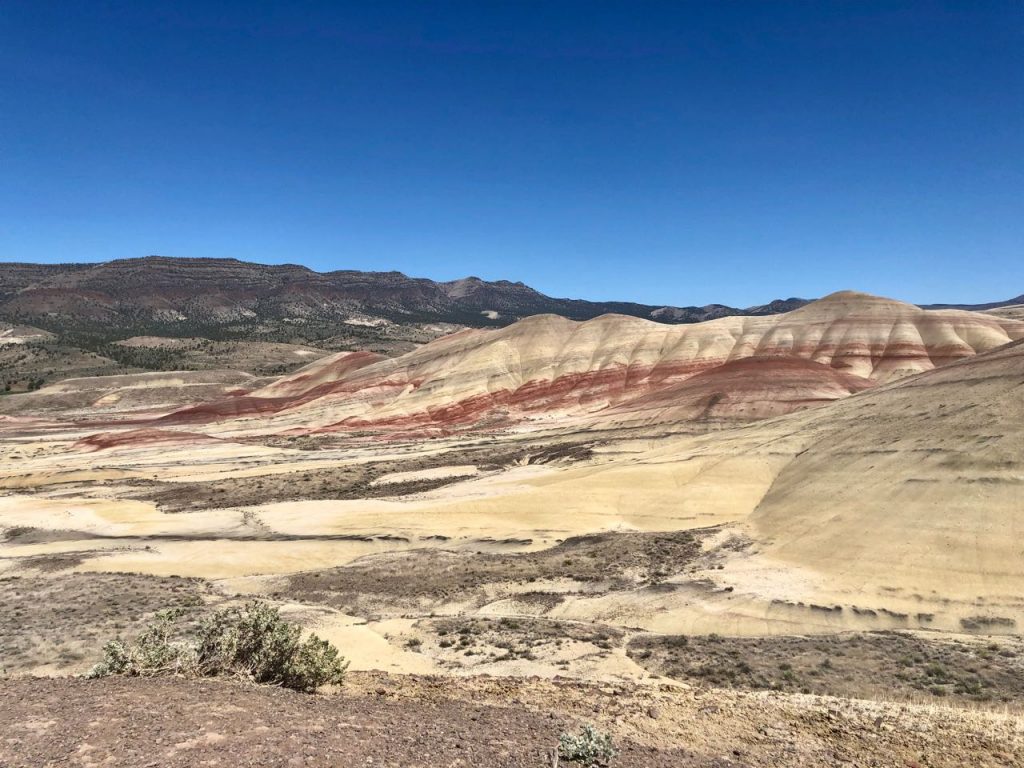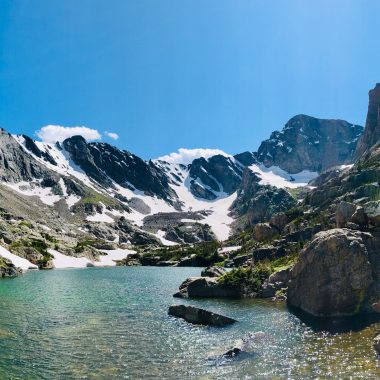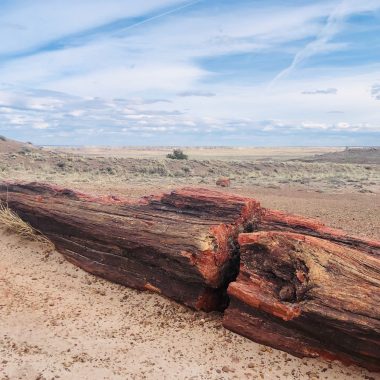After a visit to Hells Canyon, which sits at the eastern most part of the Oregon border, we headed out early in the day to make the 8-hour drive across the state to Mt. Hood. John Day Fossil Beds National Monument and its Painted Hills unit were on the way, making for a perfect place to stop and take a break for lunch and do a little exploration. The John Day Fossil Beds National Monument is split into three different units: Painted Hills, Sheep Rock, and Clarno. If you’re coming in from the east on Hwy 26, you’ll want to make your first stop at the Visitor and Paleontology Center in the Sheep Rock Unit. Unfortunately, because of a power outage, the Visitor and Paleontology Center was closed. Fortunately, just a mile up the road from the visitor center, however, sits the Cant Ranch House, a fully intact turn of the century (20th century, that is!) ranch and ranch house that provides a stunning look back in time. This side of Oregon is extremely remote and dry, with farming made possible only by the presence of the John Day River. It’s remarkable to think of the Cant family arriving here in the early 1900’s and building out this beautiful home and a fully operational ranch where there were literally no supplies or infrastructure. The Cant family’s original furnishings and photos sit in the front room of the house, providing an authentic look at the people who lived here over 100 years ago.

After touring the Cant House, it was time to head up to the Foree Area of the Sheep Rock unit, which sits about 8 miles north on Highway 19. There is a small picnic area and a short hike called Story In Stone. There was a beautiful day-time crescent moon hanging over the rocks, adding an other-worldly quality to the landscape. While you can’t see any fossils from the trail, you might see paleontologists working to uncover them in the surrounding area. If you want to see fossils, you have to head up to the Clarno unit, which is about another 70 mile drive from here. Sadly, I didn’t have time to make it up to Clarno, so after a quick hike here it was time to head off the Painted Hills unit.

The Painted Hills literally look like someone took a giant can of spray paint across a landscape of rolling hills. Interestingly, these rusty red layers are actually the remnants of a time when the area was part of an ancient flood plain and deciduous forest. Its hard to imagine now, but this desert was once home to aspen, birch, walnut and maple trees. Each layer of the Painted Hills points to another era of geologic time, ranging from Sub-tropical forests to the dry desert landscape we see today.

There are a number of trails to explore in the Painted Hills unit. From the scenic viewpoint, you can take a number of short walks that range from .5 miles to 2 miles in distance. Walking up hill from the viewpoint offers some of the best views and photo opportunities. The lighting for photography is best from this vantage point in the late afternoon.






